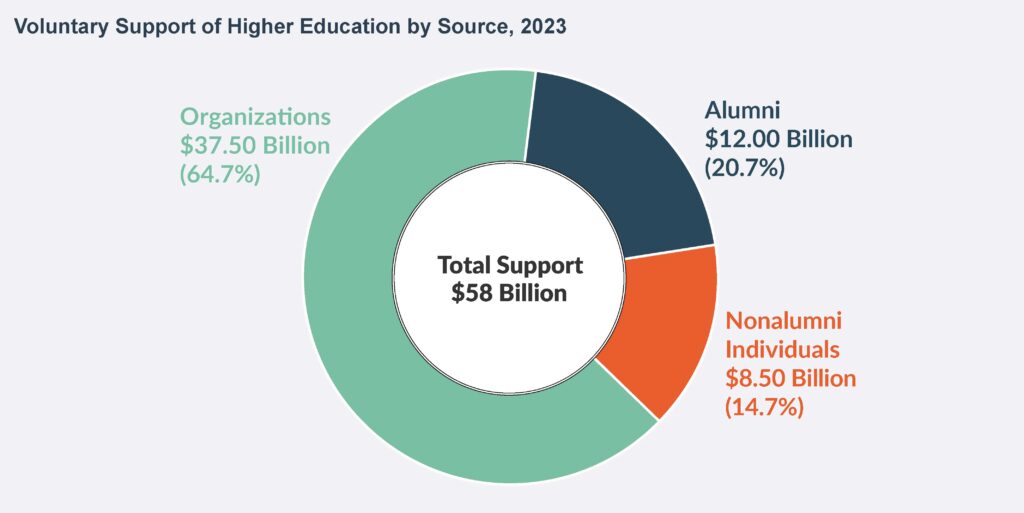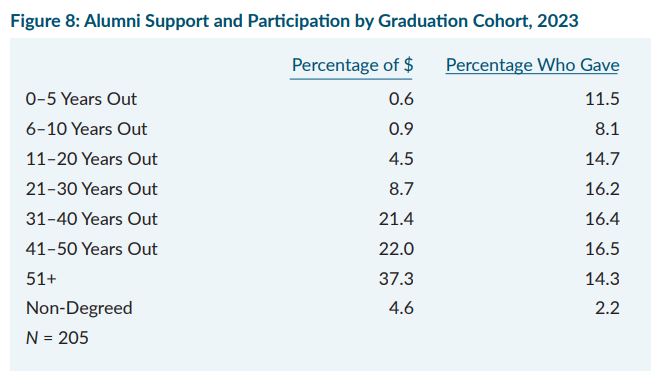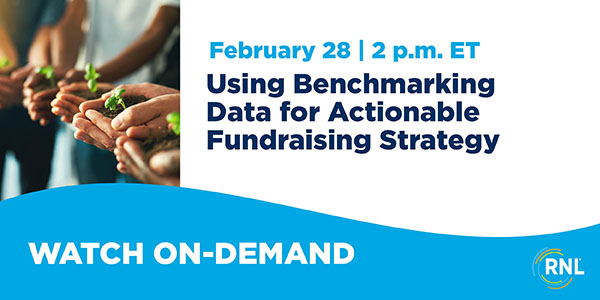fundraising
Higher Education Philanthropy Tops $58 Billion in FY23
Giving to U.S. higher education institutions was $58 billion in the 2023 fiscal year, ending June 30. This is a 2.5 percent decline from the record high reported in 2022. The results were released today from the Council for the Advancement and Support of Education’s annual Voluntary Support of Education Survey (VSE). 757 institutions participated in the CASE report this year.
Giving is changing, and mega-gifts to higher education continue to boost totals
Gifts from organizations now encompass over two-thirds of higher education receipts, and individual giving declined in 2023. This was fueled in part by distributions from donor-advised funds, which originate with strategic individual contributions and are distributed later.

As we saw with overall giving reported by Giving USA for 2022, there may be a significant market timing component to these fiscal year results. “The stock market was weak in December 2022, and many donors time their charitable gifts to coincide with stock market growth periods. Some organizational donors base gift and grant levels on the previous year’s economy, making commitments a year or more in advance.” This partly explains why the level of support from organizations rose when personal giving declined, says Ann E. Kaplan, senior Ddrector of the VSE.
Gifts of $100 million or more topped 2022 levels, with 11 of these mega-donations in 2023. This doubled their impact to the total in comparison to last year.
Alumni donor counts continue to suffer since the pandemic
RNL reviewed the data from the 627 institutions that reported alumni donor count in both 2019 and 2023. We found that 83 percent of institutions declined in donor count during this period. This represents an average loss in higher education alumni annual donor pipeline of 20 percent.
A significant component of this decline is lower participation in giving by younger classes. Alumni 6-10 years out gave at a rate of 8.1 percent, about half the overall giving rate. While it was intriguing to see an increase in giving by the youngest classes of graduates, overall lower alumni participation by millennial and Gen Z alumni is cause for concern.

Since most big donors will give multiple times annually before a major or leadership gift, this is a continuing alarm bell for philanthropy in the long term.
There was one crucial change to the alumni donor metric over this time, with soft credit for alumni spouses removed from the count. CASE reports that the impact is minimal over the entire sector, but institutions should carefully review their records to see how they compare.
Join us for a webinar with CASE experts, or register to receive the recording, and hear more about how you can use VSE data to benchmark your program.
Are you adapting to the preferences of today’s donors?
There are major shifts underway in how donors are giving strategically, along with giving preferences as new generations of givers become a huge part of our constituent base. Organizations that adapt to these new preferences and creatively steward strategic giving like DAF contributions have an opportunity to reverse the donor decline trend.
We held a webinar with Jenny Cooke Smith and Ann Kaplan from CASE to talk about ways you can track the trends and benchmark your results compared to peers to help advance your strategy. We’ve included various benchmarking sources along with a dive into the CASE VSE and Alumni Engagement Metrics. Watch the webinar now and see what we shared.
Read the CASE findings release for more important VSE statistics. The full report from CASE on FY2023 giving will be released in April at CASE.org.

